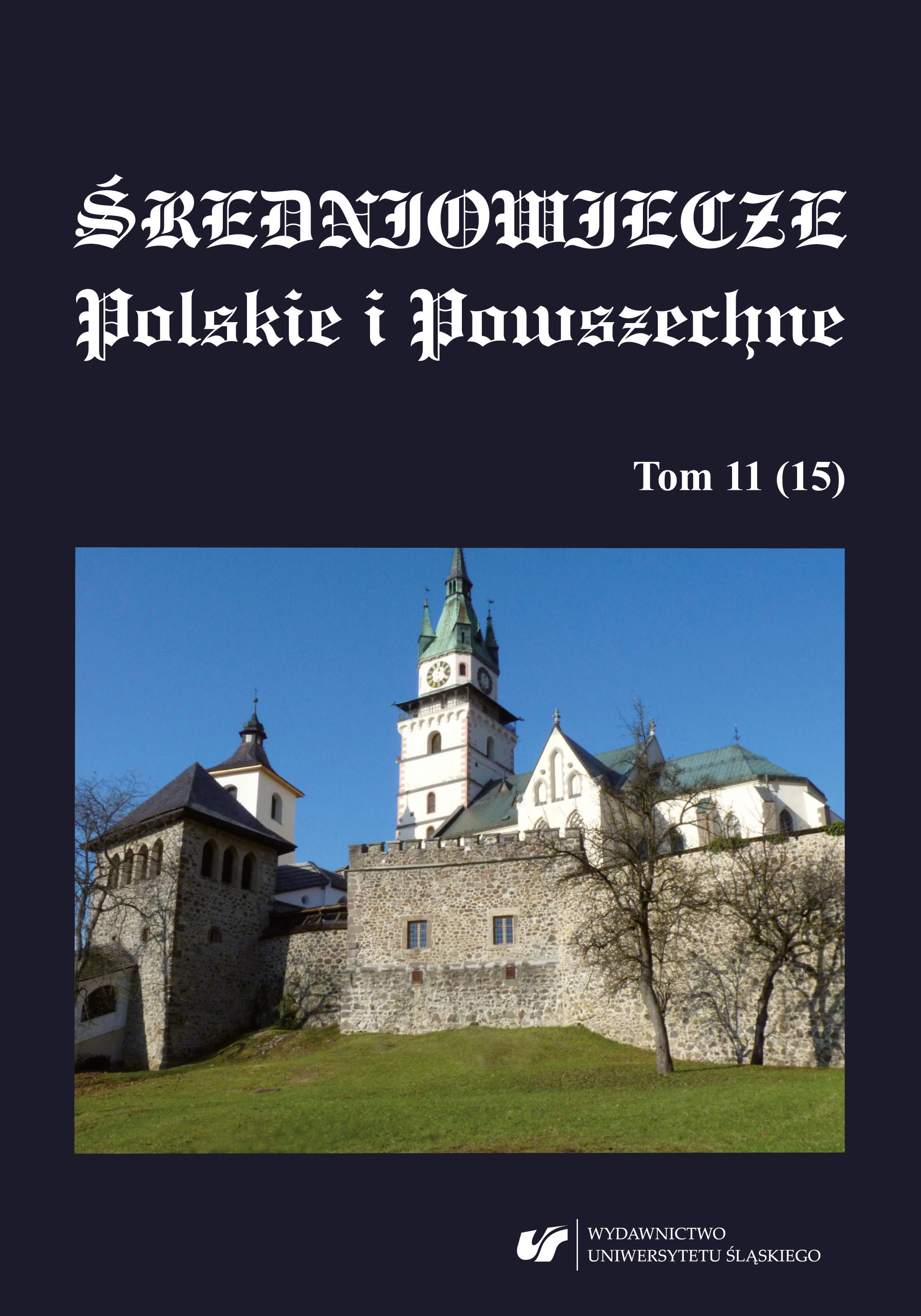W konflikcie z prawem i obyczajem. Przestępczość kobiet chłopskich w świetle późnośredniowiecznych i wczesnonowożytnych źródeł sądowych z obszaru Małopolski
In Conflict with the Law and Tradition. Criminality of Peasant Women in Light of the Late Medieval and Early Modern Court Records from the Area of the Lesser Poland
Author(s): Małgorzata Kołacz-ChmielSubject(s): History of Law, Criminal Law, Gender history, Criminology, Rural and urban sociology, 15th Century, 16th Century
Published by: Wydawnictwo Uniwersytetu Śląskiego
Keywords: woman; peasantry; criminality; legal justice system; social pariah;
Summary/Abstract: The aim of the article is to discuss the phenomenon of breaking the legal and social rules by peasant women in the late Middle Ages. The analysis of the problematic was conducted on the example of the historical province of the Lesser Poland, on the basis of preserved court records from the 15th and 16th century. The nature of the sources, in turn, has uncovered a hitherto unexploited research potential, concerning in particular the gender studies approach to the criminality of peasant women as well as their place in society. The article, therefore, discusses numerous important issues connected with the phenomenon, such as the scale and character of the offences, the reasons for their conflicts with the law as well as the local customs, the social reaction to their crimes and the consequences of breaking the law. It should be also emphasized that in all those respects, it is possible to notice particular differences attributed to the gender of the criminal offender. It is significant that the majority of women’s criminal activity concentrated on their own domestic sphere or outside of their social group, which could be accounted for by marital conflicts as well as the act of leaving the safety of the woman’s familial and social sphere. However, it should be noted that the supposed fragility of the female sex did not automatically assume peasant women to be the victims of male criminality. Instead, it should be assumed that they committed offences equally frequently. The relatively small number of mentions regarding peasant women in court documents, on the other hand, can be attributed to the rates of detection on the one hand, and on the other hand to the tendency to mete out justice in the privacy of the home or neighborhood. Thus, medieval courts tried only the most egregious and socially disturbing cases.
Journal: Średniowiecze Polskie i Powszechne
- Issue Year: 11/2019
- Issue No: 15
- Page Range: 146-182
- Page Count: 37
- Language: Polish

